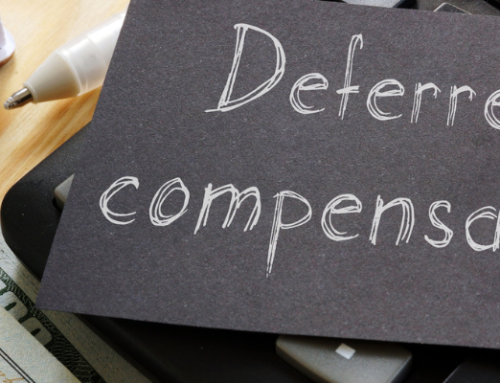In response to the decreased cap of $10,000 on state and local deductions for individuals under the Tax Cuts and Jobs Act, numerous states enacted pass-through entity taxation (PTET) strategies as an alternative. When owners elect these tax regimes at the entity level, it’s imperative to determine the appropriate accounting treatment regarding payments that go towards owner benefit, in GAAP financial statements.
According to the guidance below, many of these pass-through entity (PTE) level tax regimes may not correspond with FASB ASC 740’s definition of an income tax.
Traditionally, many tax payments from pass-through entities have been recorded as transactions with their owners — including withholding and composite payments.
Examining Example 37, “Attribution of Income Taxes to the Entity or Its Owners”, in ASC 740-10-55 reveals the following:
“Entity S, an S Corporation, files a tax return in Jurisdiction J. An analysis of the laws and regulations of Jurisdiction J indicates that Jurisdiction J can hold Entity S and its owners jointly and severally liable for payment of income taxes. The laws and regulations also indicate that if payment is made by Entity S, the payments are made on behalf of the owners. Because the laws and regulations attribute the income tax to the owners regardless of who pays the tax, any payments to Jurisdiction J for income taxes should be treated as a transaction with its owners [i.e., as a dividend or distribution]”
In certain states, such as Illinois, pass-through entities like LLCs and partnerships are subject to an entity-level income tax known as a replacement tax. But in most cases nowadays, the new elective taxes for these entities act more similarly to withholding payments or composite payments rather than pure entity-level taxation.
Although there is limited guidance under ASC 740 as to how to define income tax, the following characteristics of the various state laws may help point to these payments being transactions with owners and not being an income tax accounted for under ASC 740:
- The taxation regime is voluntary, specifically when the decision must be made on an annual basis by owners rather than being determined solely at the discretion of corporate executives.
- The tax rate being applied for purposes of determining the tax payment due is the state’s rate applied to individuals.
- The tax payments made by the entity are fully creditable to the entity’s owners to offset the amount that would otherwise be due from the individual.
- If the payments themselves are not creditable against the individual’s liability, the exclusion of the passthrough-entity income from the individual’s tax return would have the same effect.
- If the entity fails to make the payments after an election is made, the state can hold the owners of the entity liable for the tax due.
Considering the above factors, an analysis of the laws and regulations may suggest that most of the pass-through-entity-level taxes should not be accounted for under ASC 740, but rather as a transaction with the entity’s owners.
For Virginia, which for the 2022 tax year joined the list of states which now allow a PTE to pay state income taxes at the entity level, the state tax burden still remains with the owners of the PTE. Therefore, all tax payments made on behalf of the entity’s owners would be treated as an equity transaction. Essentially, the GAAP treatment is similar to an owner receiving a distribution in order to cover their tax liabilities.
For government contractors, a question had arisen about the FAR allowability of PTET payments. For Virginia-based government contractors, looking at ASC 740’s example above and characteristics of the state laws, if these payments are treated as an owner distribution for GAAP purposes, this ends any debate on its cost allowability under FAR, as they would not be recorded as an income tax expense on the books.
PTET and its impact on GAAP basis financial statements should be carefully considered based upon the various states that apply to your individual circumstances. For contractors in states that have implemented this type of tax regime, it is important to recognize that these payments may need to be treated as an equity transaction for GAAP purposes. Ultimately, understanding the rules and laws governing PTETs and various state rules as well as GAAP guidance can help make sure your business remains compliant and efficient.
Are you a government contractor with questions about PTET? Contact the PBMares Government Contracting Team.





